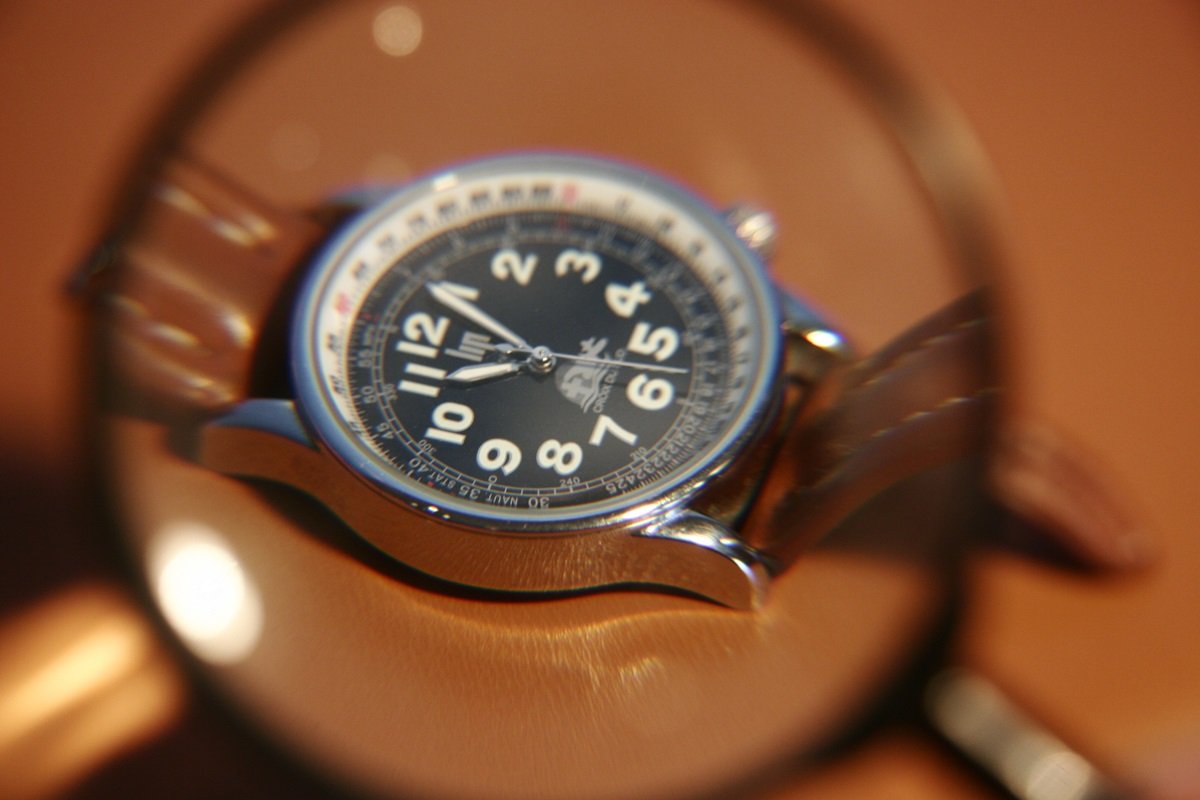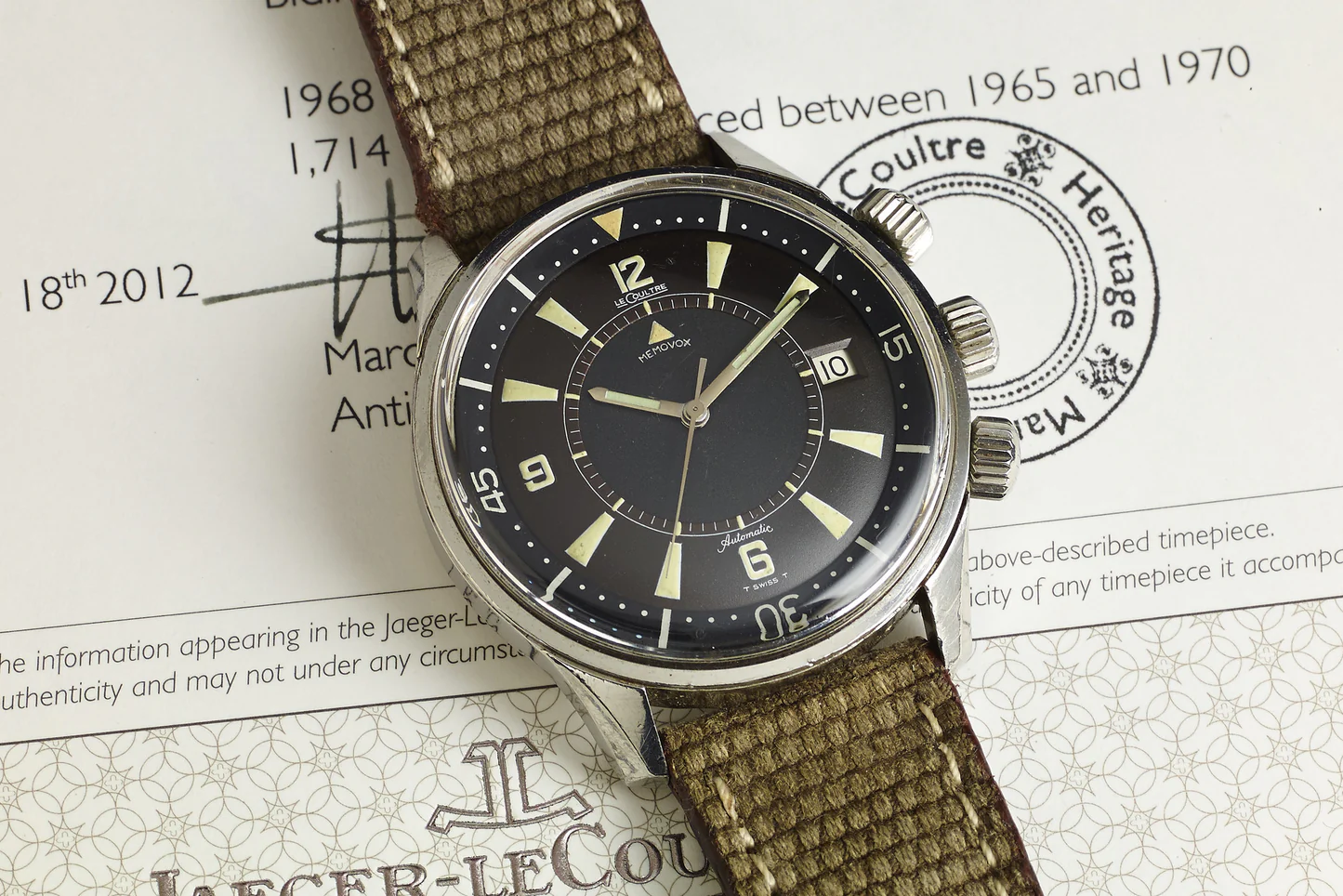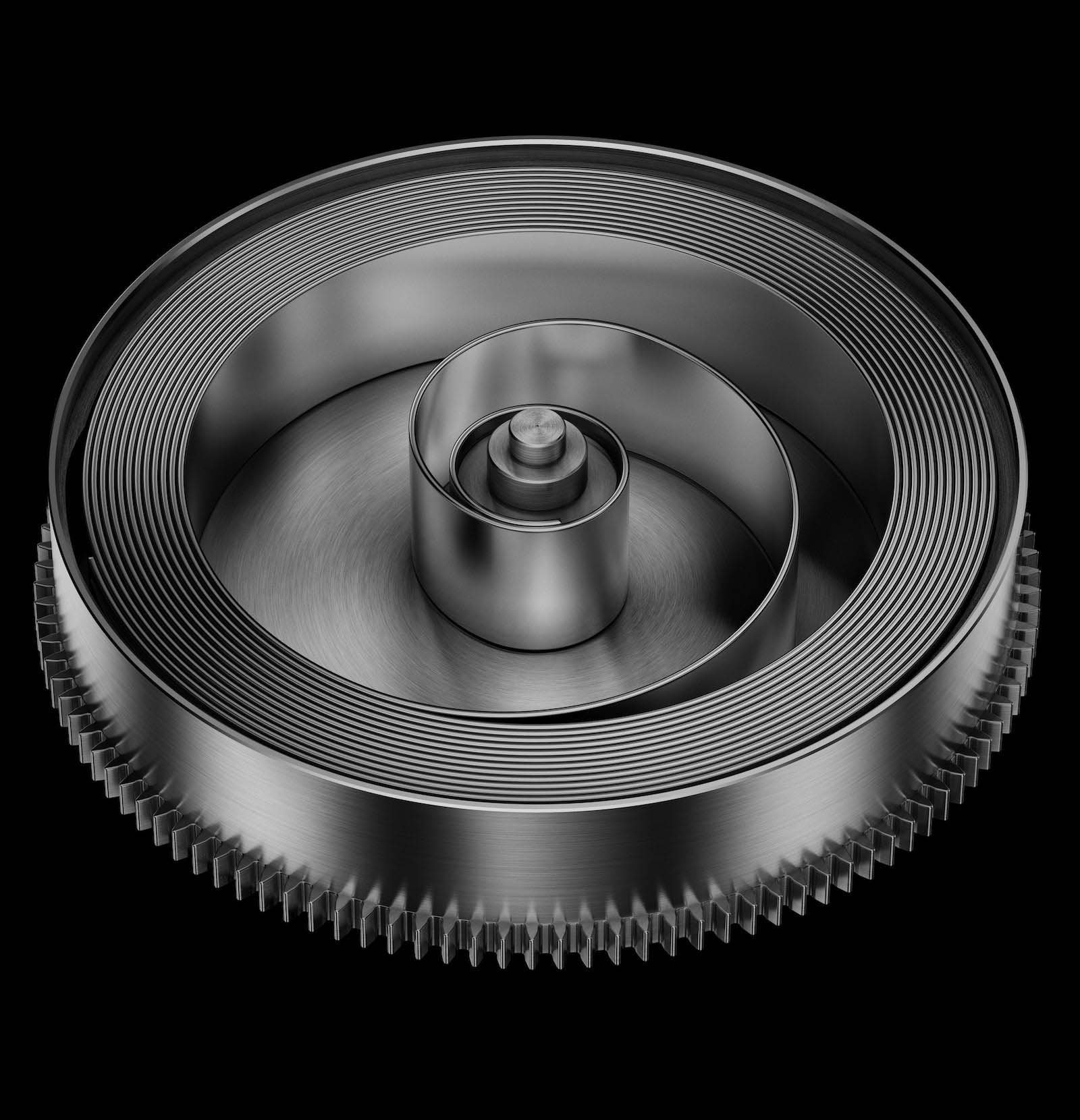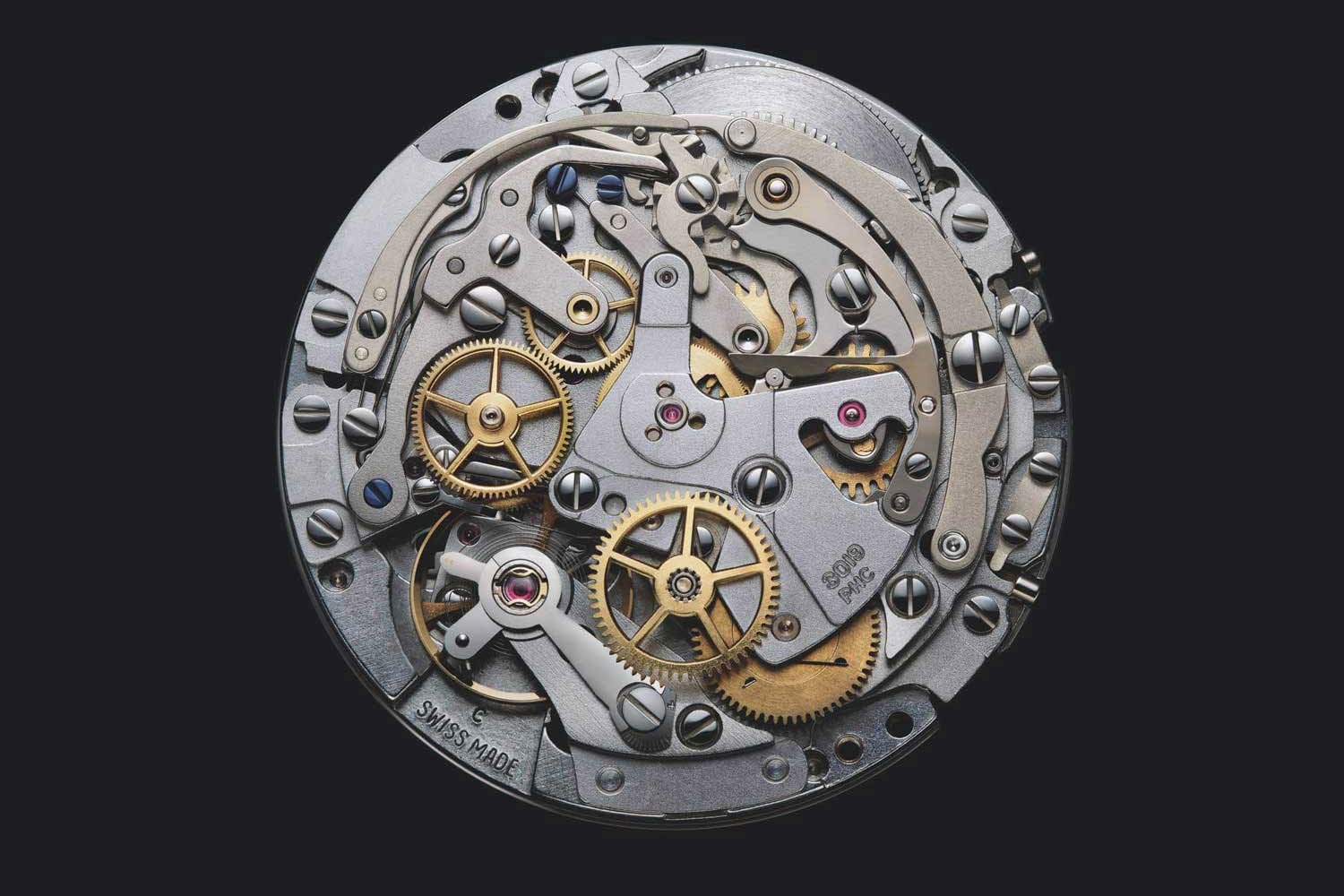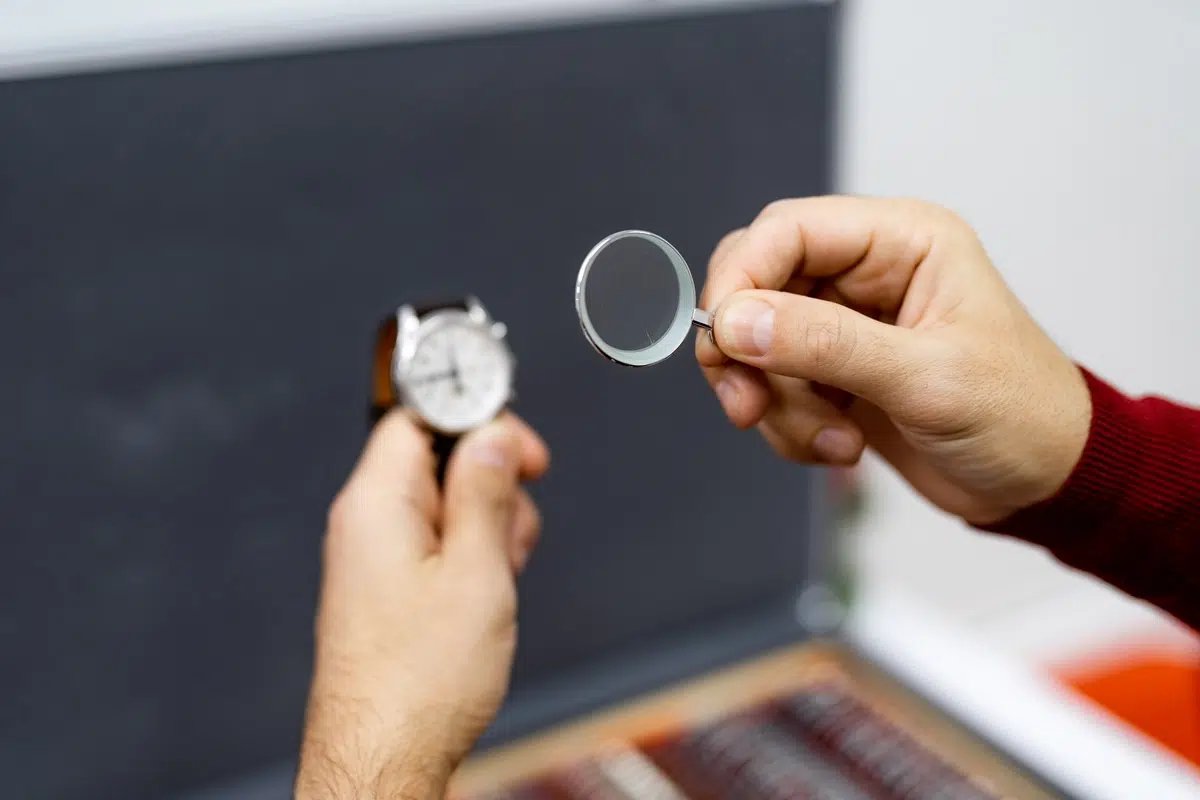Table of Contents
The contemporary watchmaking landscape is mainly composed of two major categories of timepieces. On one side we have automatic watches and, on the other, quartz watches.
Although many of us have already heard of them, identifying a watch seen on the page of a non-specialist website, in the window of a physical store or at a flea market stand is not always easy, especially for beginners.
Today, Swiss Made Watch Magazine is looking into this subject and giving you the keys to deciphering, in all simplicity, the technology that a watch contains!
Automatic watch / quartz watch: what is it?
Before learning how to visually distinguish an automatic watch from a quartz watch, it is necessary to understand what their operation is based on.
In this article we will not go into technical details but just remember the following:
- An automatic watch works thanks to the movements of the wrist which come to “arm” a spring. The watch is thus charged, in the most natural way. We have probably already told you, but watchmaking is also a bit of magic!
- A quartz watch works using a battery which we come to place inside its movement.
And since it is always interesting to illustrate one’s words, here is what an automatic movement and a quartz movement look like respectively:
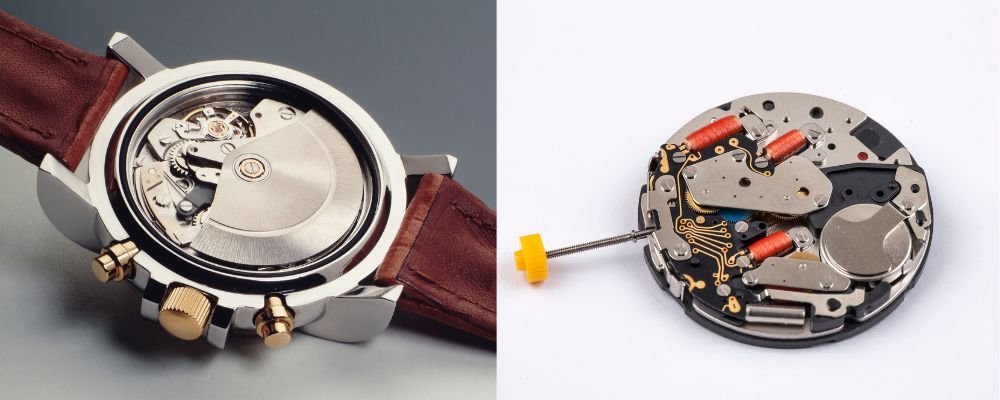
In the photo on the left, we are on pure mechanics while in the photo on the right, we can see the printed circuits and the location for the battery which make up a quartz movement.
The different elements to observe
Now that you know what an automatic movement and a quartz movement look like, let’s get down to business. The key to your investigation will be to pay attention to certain details!
Look at the dial
In addition to allowing the time to be read, the face of a watch often displays certain technical information basic. Among these, it is possible to find the level of water resistance offered by the case, its place of manufacture and, sometimes also, the nature of the movement that equips it.
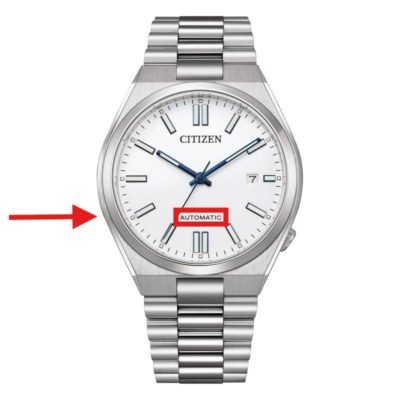
Generally distributed at 6 o’clock or 12 o’clock (depending on the model), this information is valuable for successfully identifying the movement of your watch. If the words ” Automatic ” Or ” Automatic » attest to the presence of a self-winding movement, an inscription « Quartz » indicates that you are holding a battery-powered watch.
Look at the bottom of the box
While the dial of sports watches is often marked with the information we have just discussed, it sometimes happens, particularly with classic and dress watches, that these elements do not appear on the dial, for aesthetic reasons.
The technique here consists of simply turning the watch over to observe its back, which is called the “case back”. Then look carefully at all the engravings, there is a good chance that one of them indicates the nature of the movement.
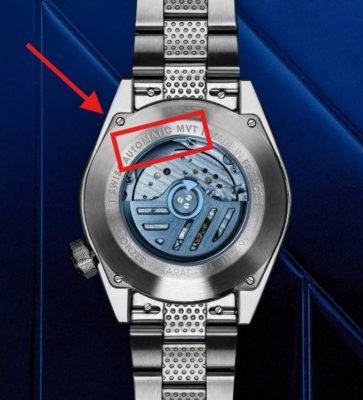
Note that a glass or transparent case back is often a sign of an automatic movement. If you have any doubts, refer to the photo illustrating the first point of this article.
Observe the movement of the second hand
If after turning the watch over from every angle you have not managed to get your hands on any information that would allow you to define the movement inside, you have one last card to play: observe the movement of the second hand, if there is one!
Because this is one area where automatic watches and their quartz counterparts differ radically. This test requires the watch to be running.
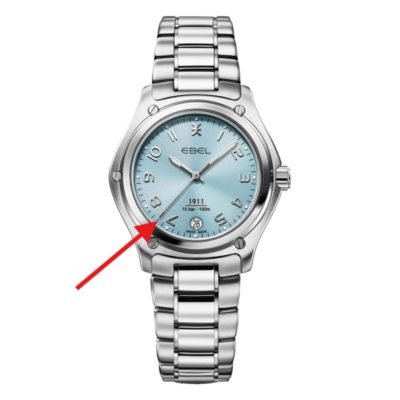
To help you find your way, remember that in the vast majority of cases:
- On a quartz watch: the second hand moves jerkily, it moves 1x/second (i.e. 3,600 times in one hour).
- On an automatic watch: the second hand moves smoothly, it moves between 5 and 10x/second (that is between 18,000 and 36,000 times in an hour).
Finally, and to finish, keep in mind that an automatic watch is generally thicker and heavier than a quartz model. Its movement is composed of more than a hundred small metal parts and cogs, which adds a certain weight to the whole.
There you have it, now you know all the tricks! Are you planning to buy a new watch? Our article “Mechanical watch or quartz watch: which to choose?” will help you make the right choice according to your preferences.
